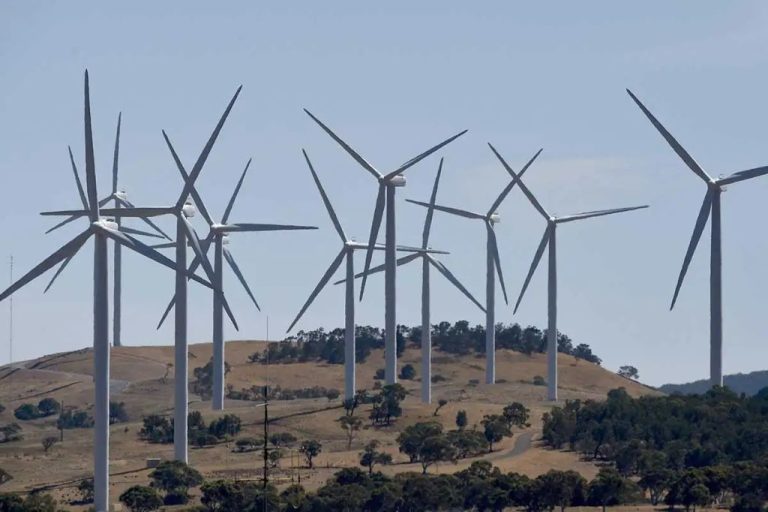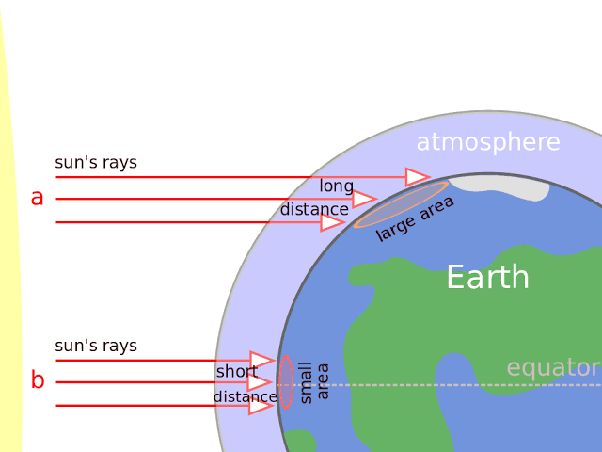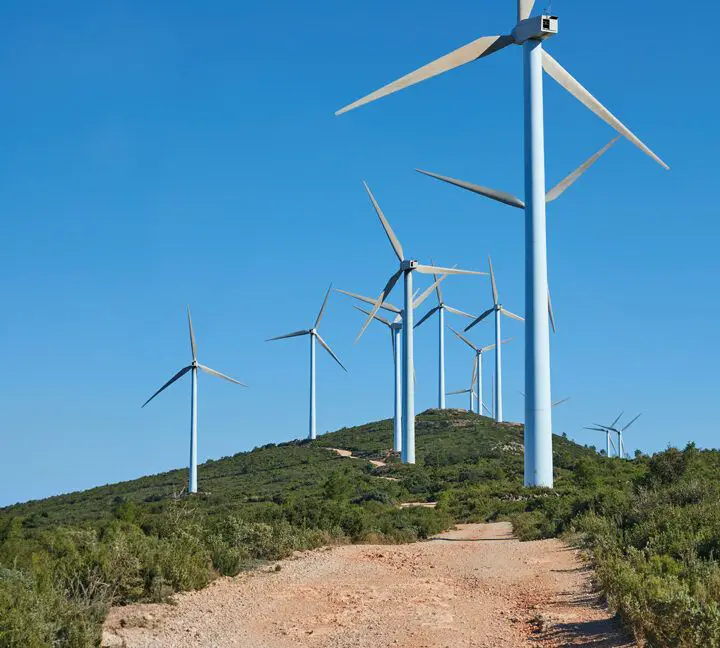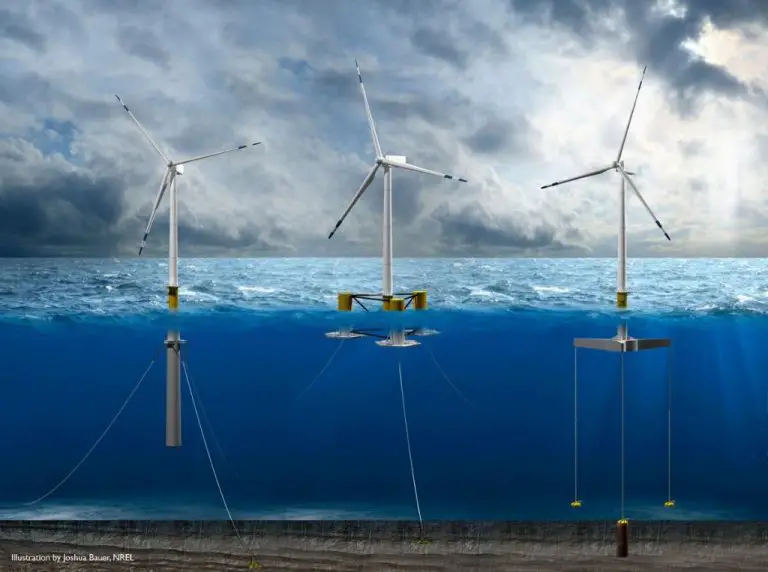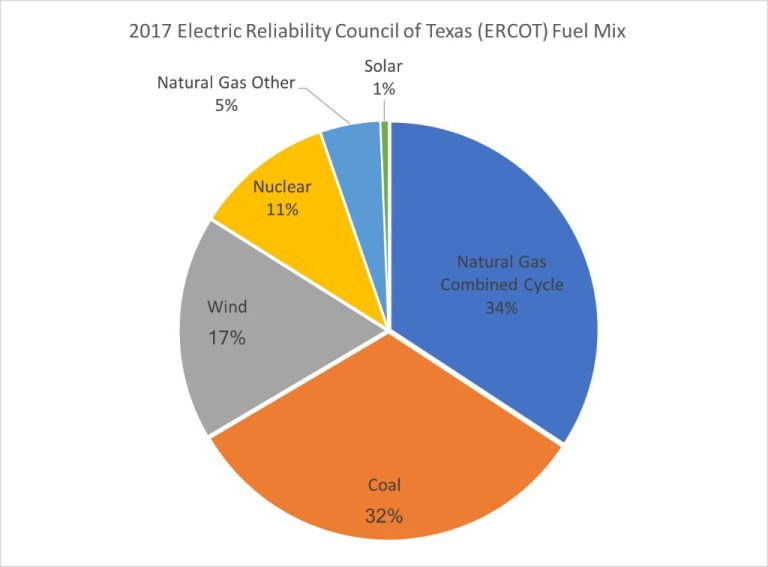What Could Opponents Of Wind Energy Argue?
Wind Turbines Are Ugly and Disrupt Natural Landscapes
Many people argue that large wind turbine installations can be an eyesore and disrupt the natural beauty of landscapes and oceans. The modern wind turbine is very tall, often reaching over 400 feet high. When grouped together in wind farms, these massive turbines can dominate the view and detract from the landscape’s natural aesthetics. According to one article, “Lots of people believe that fields of wind turbines or solar panels ruin a gorgeous view, and that doesn’t make them climate deniers. It’s a reasonable objection” (source). The slowly rotating blades are also considered by some to be visually unappealing.
Offshore wind farms in coastal waters are considered by opponents to disrupt ocean views. Some people argue that seeing rows of wind turbines offshore takes away from the natural beauty when looking out over the ocean. There are also concerns that wind projects could interfere with the aesthetics of protected public lands and spaces.
Those opposed say more consideration needs to be given to protecting scenic vistas when siting wind power projects. While renewable energy is important, they argue that large wind installations should be built in locations that minimize impacts on the natural visual landscape.
Wind Power Is Intermittent and Unreliable
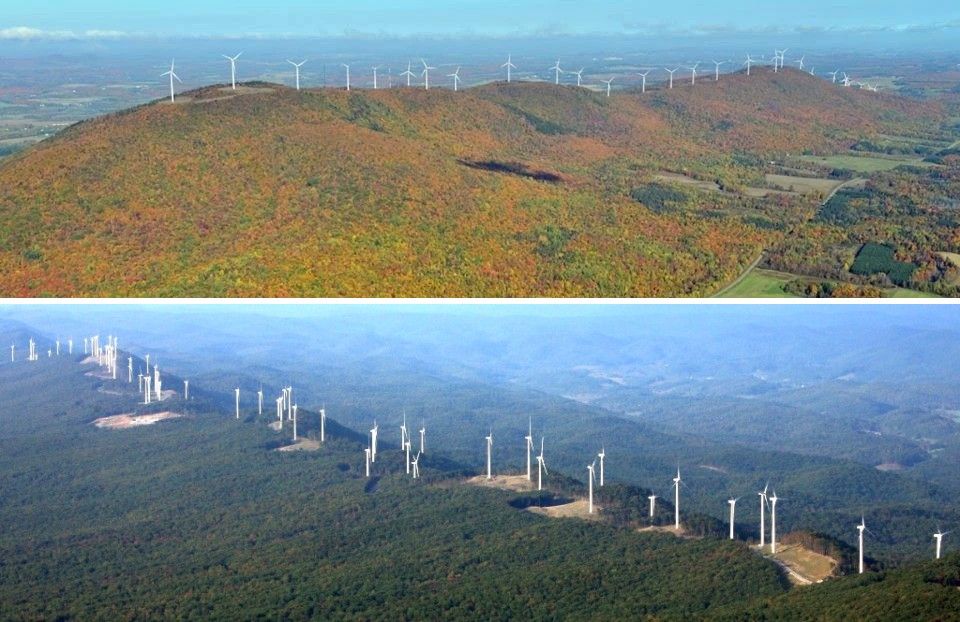
One of the main arguments against wind power is that it is an intermittent and unreliable energy source. Unlike traditional power plants that can provide consistent electricity generation, wind power depends on the variability of the wind. Wind turbines only generate electricity when wind speeds are within a certain range, typically between 7-25 mph. If the wind is too slow or too fast, the turbines will shut down. This means that wind power output can fluctuate greatly throughout the day and between seasons as wind patterns change.
According to https://energyeducation.ca/encyclopedia/Intermittent_electricity, wind power is considered highly intermittent and non-dispatchable because its electrical output depends on many variable factors like wind speed, air density, and turbine characteristics. The intermittent nature of wind makes it an unreliable source of electricity that cannot necessarily be dispatched on demand when needed.
Because of wind’s variability, other more reliable power sources like natural gas or hydropower plants are still needed to meet electricity demand when the wind is not blowing at optimal speeds. Opponents argue that the intermittency of wind power makes it unsuitable to be a major source of baseload power for the grid. Significant amounts of wind power require excess generation capacity from other sources as backup which adds cost and complexity.
Wind Turbines Are Noisy
One of the primary arguments against wind turbines is that they generate noise pollution that can disturb people living nearby. The motion of the blades through the air creates a swooshing or whooshing sound that carries over long distances. The noise tends to be most pronounced at night when background noise levels are lower.
Studies have found that wind turbines generate noise levels of around 45-50 decibels at a distance of 350 meters. For comparison, normal conversation is about 60 decibels. While wind turbine noise is not excessively loud, its repetitive nature makes it more noticeable and irritating over time.
People living within half a mile of wind turbines have reported sleep disturbances, headaches, nausea, and other health issues related to the persistent noise. As a result, many oppose installing wind farms near residential areas. There are concerns that property values may decline for homes located too close to wind turbines due to the impact of noise.
Those against wind power argue that more should be done to mitigate noise pollution from turbines. Potential solutions include locating wind farms further away from homes, using noise reduction technology, or limiting hours of operation. However, opponents say that these measures are often insufficient to fully eliminate the audible swooshing of the blades.
Wind Turbines Kill Birds and Bats
One common argument against wind turbines is that the rotating blades can injure or kill birds and bats that fly into them. It’s true that wind turbines do lead to some bird and bat deaths each year. However, research shows that the number of avian fatalities is relatively low compared to other human-made structures and activities.
According to the National Wind Coordinating Collaborative, wind turbines are responsible for between 140,000 and 500,000 bird deaths per year in the United States. While this number sounds high, it represents only a small fraction of annual bird deaths from other causes. For example, estimates show buildings kill between 365 million and 1 billion birds annually and power lines cause the death of up to 175 million birds per year.
Cats are also a much bigger threat, killing over 2 billion birds per year in the U.S. according to the U.S. Fish and Wildlife Service. Even fossil fuel power plants and mining kill more birds per unit of energy generated than wind power.
Bats can also be affected by wind turbines, but newer turbine designs and proper placement in low bat activity areas can greatly reduce bat mortality. Overall, while any bird or bat death is undesirable, wind energy’s impacts are low compared to other human activities and are outweighed by the environmental benefits.
Sources:
https://climate.mit.edu/ask-mit/do-wind-turbines-kill-birds
Wind Power Has High Upfront Costs
One of the main arguments against wind power is that it requires very high upfront capital costs. According to the U.S. Department of Energy’s Land-Based Wind Market Report: 2022 Edition, the average installed cost of wind projects in 2021 was $1,500 per kW. This report also states that wind turbine prices averaged $800–$950 per kW in 2021.
A 2021 report from the National Renewable Energy Laboratory (NREL) titled 2021 Cost of Wind Energy Review found that the average turbine installed in Europe has a total investment cost of around €1.23 million per MW (around $1.3 million USD per MW). The turbine itself accounts for about 76% of that cost, or around $990,000 per MW.
Building a commercial-scale wind farm requires securing large capital investments upfront before any energy can be generated and revenue earned. The high initial cost to purchase and install turbines is one of the biggest barriers to developing new wind projects. Opponents argue these capital costs make wind power prohibitively expensive.
Wind Power Requires Large Amounts of Land
Wind farms require large amounts of land area, because turbines need to be spaced apart to maximize efficiency. According to a study by the National Renewable Energy Laboratory, the total area of a wind plant, including required spacing between turbines, can be anywhere from 30 to 70 acres per megawatt of installed capacity. By comparison, land requirements for coal or natural gas power plants can be less than 10 acres per megawatt.
Spacing between turbines is necessary to minimize turbulence from upwind turbines and to optimize wind exposure. They generally need to be placed 3-10 rotor diameters apart perpendicular to the wind direction and 5-10 rotor diameters apart in the direction of the wind corridor.
Large wind farms with many turbines can therefore occupy substantial amounts of land. According to Lawrence Berkeley National Laboratory, a 250 MW wind farm could require over 25,000 acres of land. Offshore wind farms have fewer land constraints but still require spacing between turbines.
Sources:
https://www.nrel.gov/docs/fy09osti/45834.pdf
Wind Power Threatens Property Values
One of the common concerns raised around wind energy developments is their potential impact on nearby property values. Some homeowners worry that having wind turbines visible from their properties will make them less desirable and lower their value and resale potential. According to a study by the U.S. Department of Energy, this concern persists despite limited evidence linking wind farms to lowered property values. There are some examples, like a 2012 Lawrence Berkeley National Laboratory study, which found that “homes within half a mile saw average price reductions of 5% to 10% after a nearby wind facility went online,” but overall the evidence is inconclusive. Ultimately, impacts on property values appear to be very location and context dependent. More research is needed, but the visibility and perceived disruption of natural landscapes caused by wind turbines understandably makes some nearby homeowners apprehensive.
Wind Power Needs Transmission Lines
One of the challenges of expanding wind power is the need for additional transmission lines to connect wind farms to the electrical grid. Wind turbines are often built in remote, rural areas that have excellent wind resources but lack robust transmission infrastructure. Building thousands of wind turbines far from population centers requires major investments in high-voltage transmission lines.
Transmitting power over long distances leads to line losses, so wind farms more than 50 miles from existing transmission lines may not be economical. Texas, which has over 12,000 MW of installed wind capacity, has spent over $5 billion on transmission lines to bring wind power from the western part of the state to eastern cities like Dallas. Transmission costs can add 15-25% to the overall expense of wind power projects.
New transmission corridors face challenges like permitting issues, objections from local landowners, and environmental concerns. Upgrading existing transmission lines is often an easier option, but can still be costly. Opponents argue that the transmission costs of wind power are underestimated and question whether enough transmission capacity can realistically be built to enable renewable energy goals.
Wind Power Relies on Government Subsidies
One of the main criticisms of wind power is that it relies heavily on government subsidies and incentives to be economically viable. Many argue that without this financial support, wind energy would not be able to compete with more established energy sources like fossil fuels.
In the U.S., wind power development has historically benefitted from federal tax credits like the production tax credit (PTC) and investment tax credit (ITC), which help offset some of the high upfront capital costs of wind projects. The PTC provides wind farm owners with a tax credit per kilowatt-hour of electricity generated, while the ITC allows investors to deduct a percentage of the cost of installing a wind project from their federal taxes (1). These subsidies have played a major role in spurring wind energy growth in the U.S. over the past decades.
State and local incentives like property tax exemptions, sales tax reductions, and tax abatements have also made wind energy more cost-competitive in certain regions. According to critics, this reveals that wind cannot survive in a free market environment without government help.
However, wind energy proponents argue that fossil fuels have historically received even larger subsidies. They contend that as wind technology continues advancing and wind energy scales up, costs will come down to be more competitive with conventional power generation (2). But in the short term, incentives help catalyze wind energy investment and make the economics of wind projects viable.
Offshore Wind Farms Impact Marine Life
Offshore wind turbines can have detrimental effects on marine ecosystems and ocean habitats. The underwater structures of wind turbines like foundations and cables disturb sediments and ocean habitats during construction. This can displace, injure, or kill marine life like bottom-dwelling fish, shellfish, and crustaceans (Galparsoro, 2022). The noise from pile driving and turbines also travels efficiently underwater, impacting whales, dolphins, seals and fish (UMCES, n.d.)
The physical presence of wind turbines changes water flow, which can alter sediment transportation and water column mixing. This affects plankton, an important base of the marine food chain. The electrical cables connecting turbines also emit electromagnetic fields that can impact navigation for marine species. While some studies suggest offshore turbines may act as artificial reefs, increasing fish and shellfish populations, the overall impacts on marine life remain unclear and concerning.

